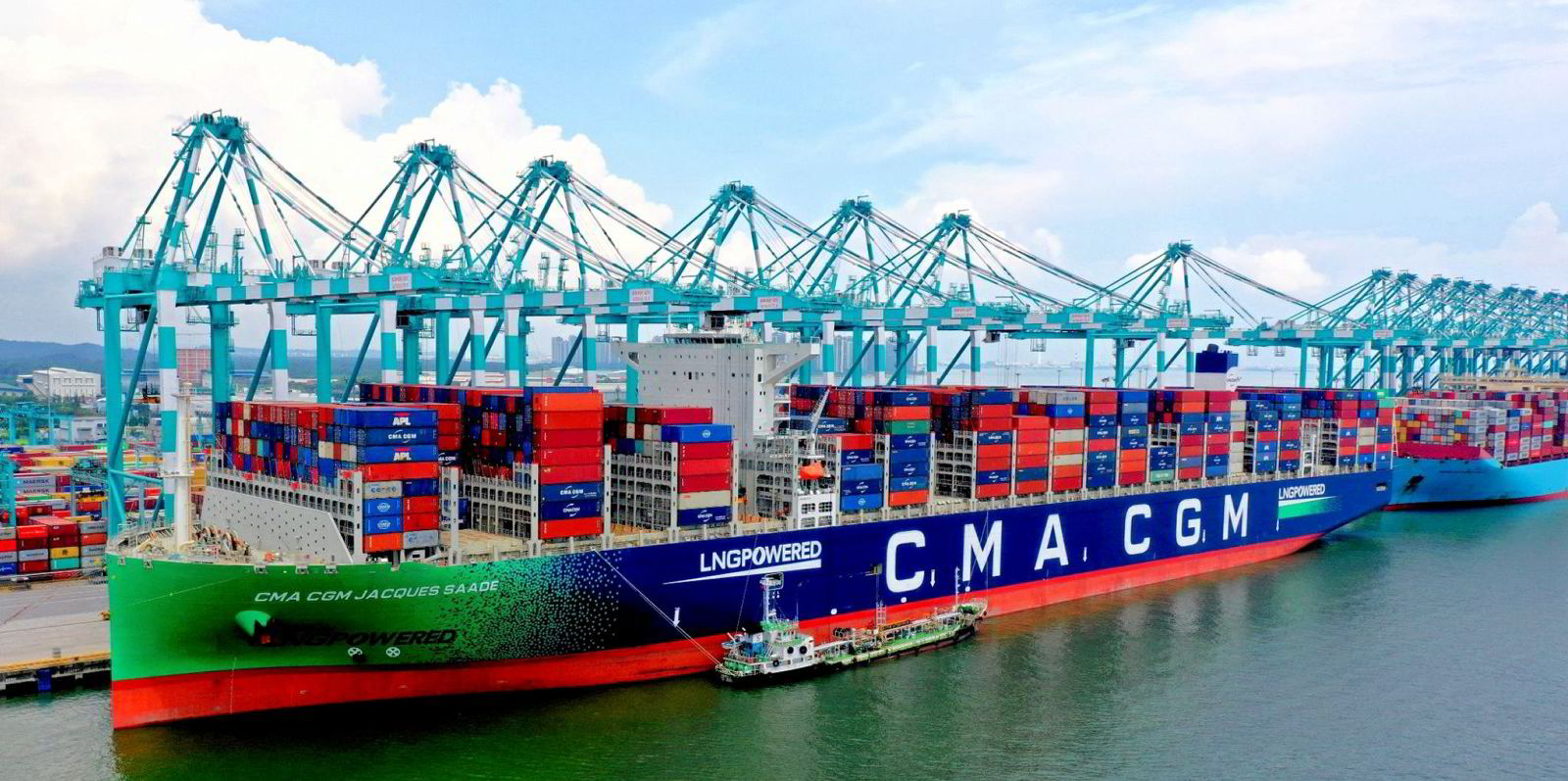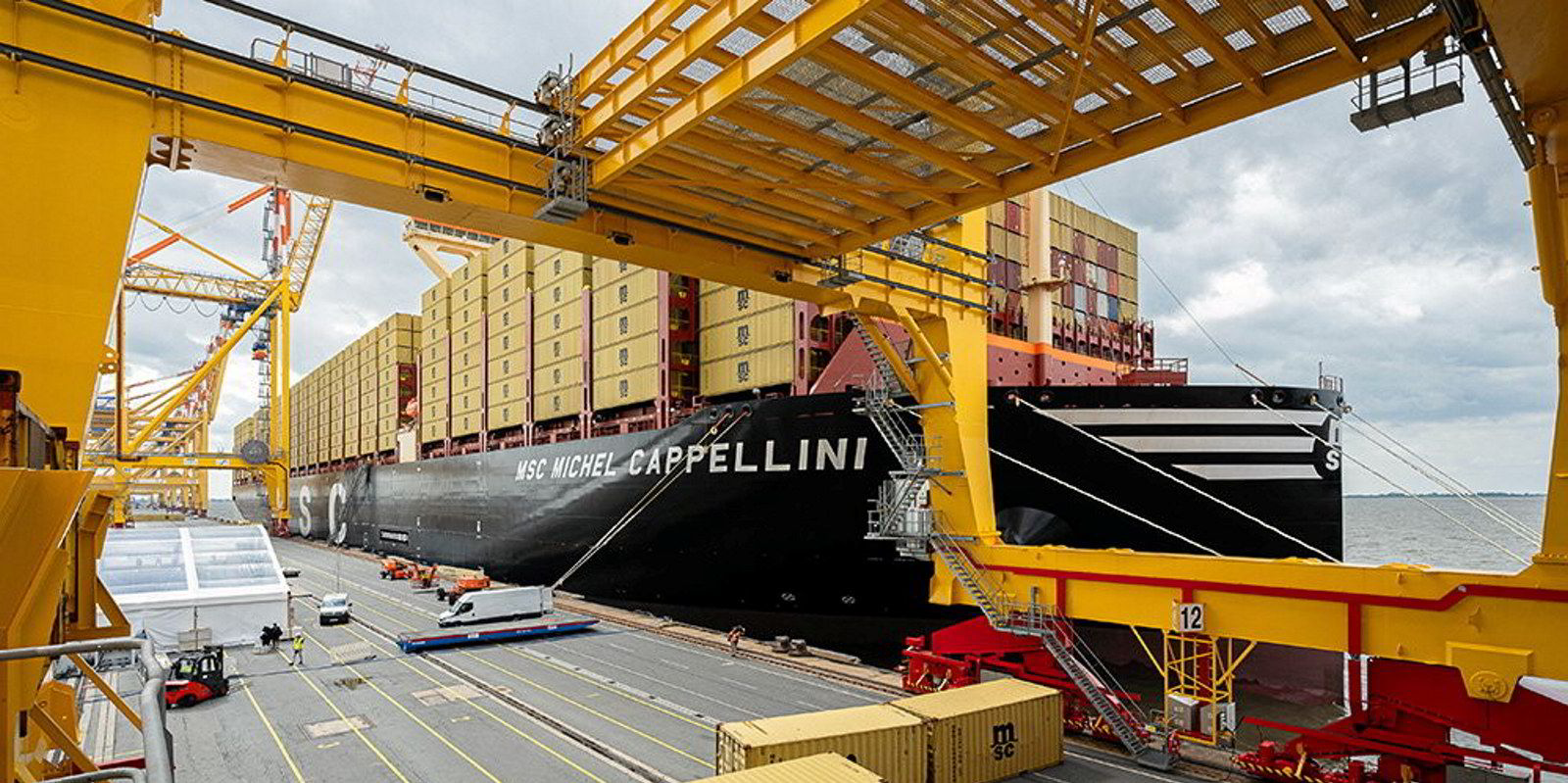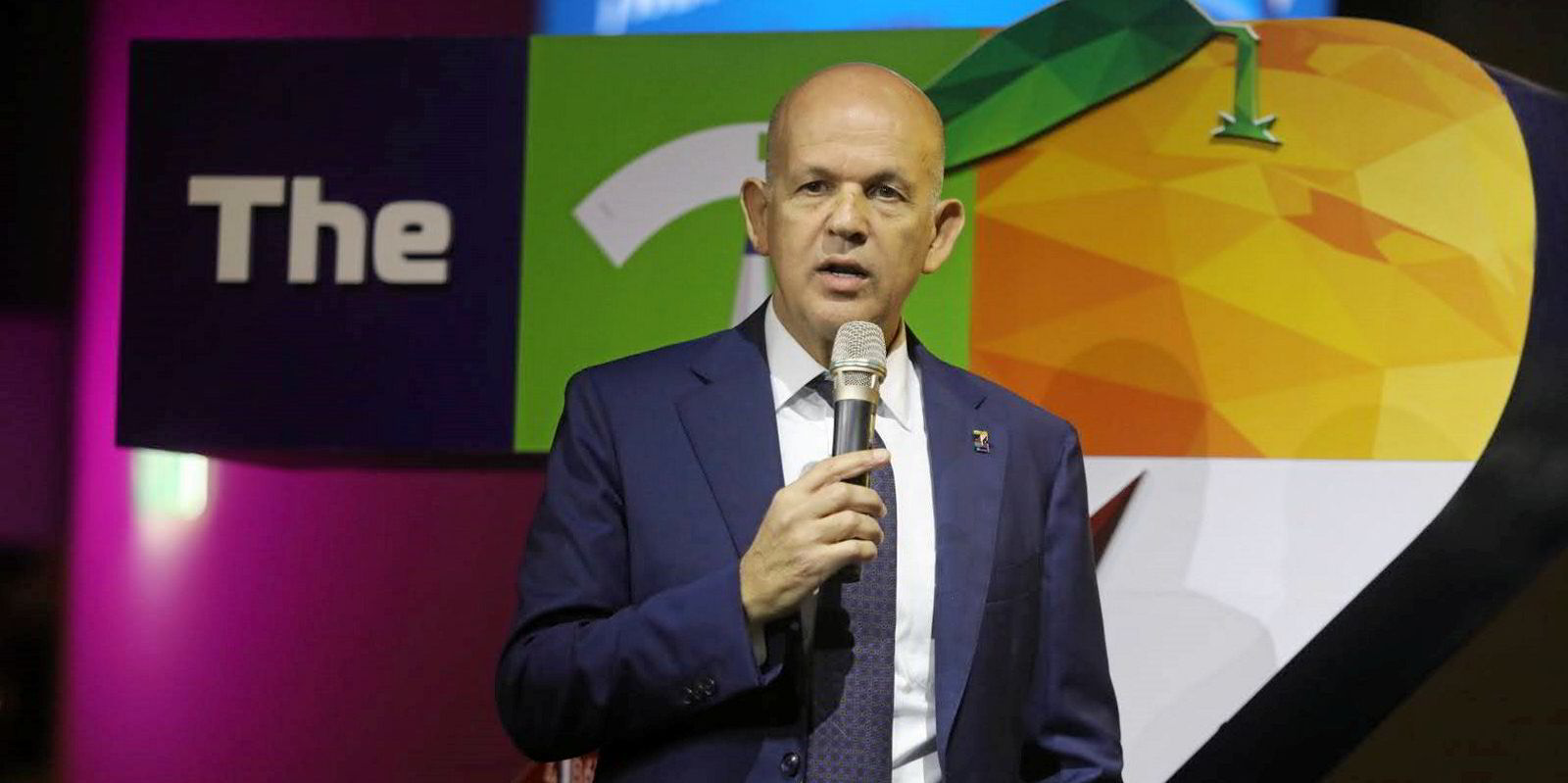Container spot rates are undergoing a slight revival, but the pain is beginning for the charter market and the prognosis is grim.
A decline in the charter market over the past month is expected to gather pace, particularly for smaller vessels.
One-year time charter rates for 1,100-teu to 2,500-teu feeders are down 10.8% over the past month, driven by weaker-than-expected intra-Asia trade, according to the latest assessment by Maritime Strategies International (MSI).
A further decline is likely towards the end of the year even if scrapping picks up and net fleet growth peaks.
“It is probable that this could happen even sooner, in the next few weeks, if our projections for a particularly late peak season materialise,” MSI said.
The charter market downturn has not yet affected midsize and larger container vessels to the same extent.
But MSI said these ship sizes will also experience material declines in the coming quarters in hire rates and secondhand prices.
The avalanche of very large vessels hitting the water means numerous midsize vessels — from 3,900 teu to 7,600 teu — will be cascaded from main lanes to routes typically served by smaller units.
This may result in increased idling, slow steaming and scrapping by tonnage providers, according to MSI.
Rates remain firm for larger boxships, as there are few vessels for hire.
That was reflected in fixtures such as the 8,465-teu CMA CGM Attila (built 2011), which was taken for a further four years by the French operator at $34,000 per day.

But MSI expects the picture to change drastically from October as the delivery of the orderbook is projected to shift the balance in the favour of charterers.
That will leave owners no option but to fix vessels at materially lower rates and probably for shorter periods, it said.
June saw an all-time record in deliveries, with 270,000 teu added to the global fleet. Only 19,000 teu was scrapped.
MSI believes this is likely to lead to a significant increase in blank sailing and idling of vessels in the coming quarters.
Freight market revival?
The prognosis contrasts with the improving fortunes of spot freight rates, at least in the transpacific.
Spot rates rose by 10% from Shanghai to Los Angeles to $1,965 per 40-foot equivalent unit (feu) and by 7% to $2,906 per feu from Shanghai to New York, according to the World Container Index.
The increases are attributed to transpacific carriers cutting capacity in peak season.
In contrast, rates continue to fall on the Asia-Europe trade as capacity is added, with more 24,000-teu vessels such as the MSC Michel Cappellini (built 2023) deployed into the trade.
Capacity on the Asia-Europe trade is up 7.6% year on year, compared with a reduction of 12.1% in the transpacific, according to Linerlytica.
But rate improvements are deemed necessary, with lines operating on very thin margins.
MSI said spot rates are “slightly profitable” for carriers on the Asia to Europe westbound route, but only for ships larger than 13,000 teu.
It suggested margins are even thinner for the eastbound transpacific route, where vessels up to 10,000 teu are deployed, and only “slightly more acceptable” for ships between 13,000 teu and 18,000 teu.
The huge expansion of supply that will come as newbuildings are delivered threatens the fragile recovery of spot rates.
MSI said some 2.4m teu of container ship capacity is projected to hit the water up to the end of the first quarter of 2024.
“We believe that blank sailings and idling of vessels will increase substantially and liners are likely to resort to slow steaming,” it noted. “Under these circumstances, the best-case scenario for freight rates is to remain at their current level or increase only marginally.”
Other observers have lowered their expectations of any revival in demand for the pending peak season.
Christian Roeloffs, co-founder and chief executive of Container xChange, said: “The average container prices have been freefalling and there are no signs of revival as we approach the busiest period in the shipping industry. It is quite evident that the peak season is almost invisible.”





